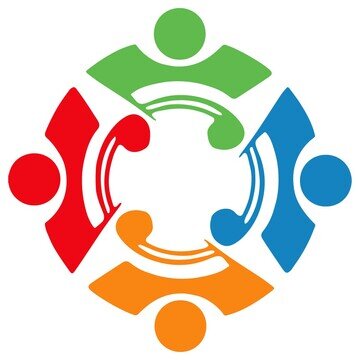52. Use responsive facial expressions. What I learned about connection from my WORST job interview.
Have you ever had a terrible job interview? I have. It was because the interview committee had completely blank facial expressions. 😐 Maybe it was a technique they were trying so as not to influence my responses? Whatever it was, it backfired (read on for more details). We need feedback to connect.
Data point of the week
Being responsive, in our body language and facial expressions, let’s the person we’re interacting with know that we’re with them. We’re paying attention, we’re following, we care. For communication to be effective—and for connection to happen—there needs to be a reciprocal exchange.
The Still Face Experiment is a clear demonstration of how important this nonverbal communication is, even (or especially?) for infants … and how disturbing it can be when those cues are absent, as this <3-minute video shows.
Reflection
I remember watching the Still Face Experiment video in a class during my social work program. It was used to illustrate the impact that having a depressed parent—with flat facial expressions—has on attachment. In short, it's very hard (and deeply unsettling) trying to connect with someone who remains expressionless.
That was 25 years ago … before the iphone. I would imagine there’s been an upsurge in “still faces,” since then, as our phones pull at our attention and may make us less responsive to “bids for connection.” I wonder what the long-term impact is on attachment and connection?
The video clearly made an impression on me … there aren’t many things I remember from my classes 25 years later!
And I felt just like that baby during the aforementioned job interview (though I did stop short of bursting into tears)! It was extremely disorienting. I felt unmoored. I had no way to gauge whether to I should keep talking, shut up, or change topics. My thoughts became jumbled, I got hyper self-conscious, and left feeling like I hadn't presented my ideas clearly, if I'd made any sense at all! It was the WORST interview of my life. So, I was surprised when they called to offer me the job. But here’s the thing … I didn't like the way I felt in that interview, which I had to assume might be how I would feel if I worked there. And it was the opposite of a warm, supportive, team environment! No thanks.
Connection Skill & Action Step: Be responsive with your body language and facial expressions
We need verbal and nonverbal feedback to feel oriented, connected, and valued in the interaction. Test this out yourself for fun. Ask a conversation partner to keep a completely neutral expression while you talk to them about something important. How long does it take to feel uncomfortable?
To practice being responsive, pay attention to your facial expressions during an interaction with someone. This may make you feel a little self-conscious, but it’s worth it.
What are you signaling to the other person? Here are a few nonverbal ways to show you’re interested and build connection:
Give your full attention. Notice if you’re distracted and bring yourself back. Be present.
Nod along.
Show emotional reactions with your facial expression. Smile, grimace, or otherwise reflect the emotions behind what they’re sharing (without overdoing).
Make eye contact. Meet their gaze without staring. Glance away and look back to give space.
Mirror (or loosely match) their body language.
Questions to reflect on or to spark conversation. Please share your responses in the comments—we love hearing from you!
What was YOUR worst job interview? What made it so bad?
Facial expressions can also be motivating (keep scratching)!


